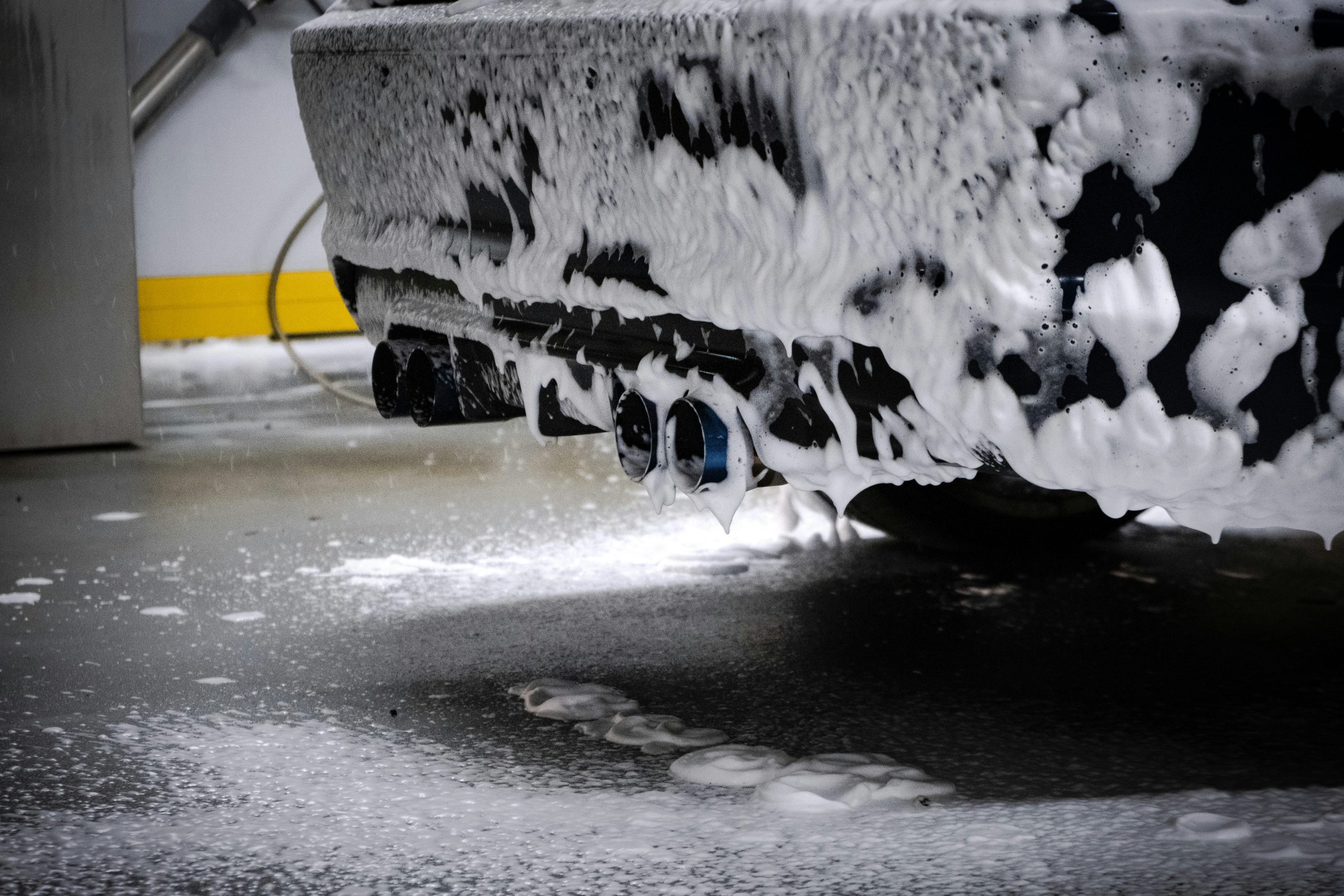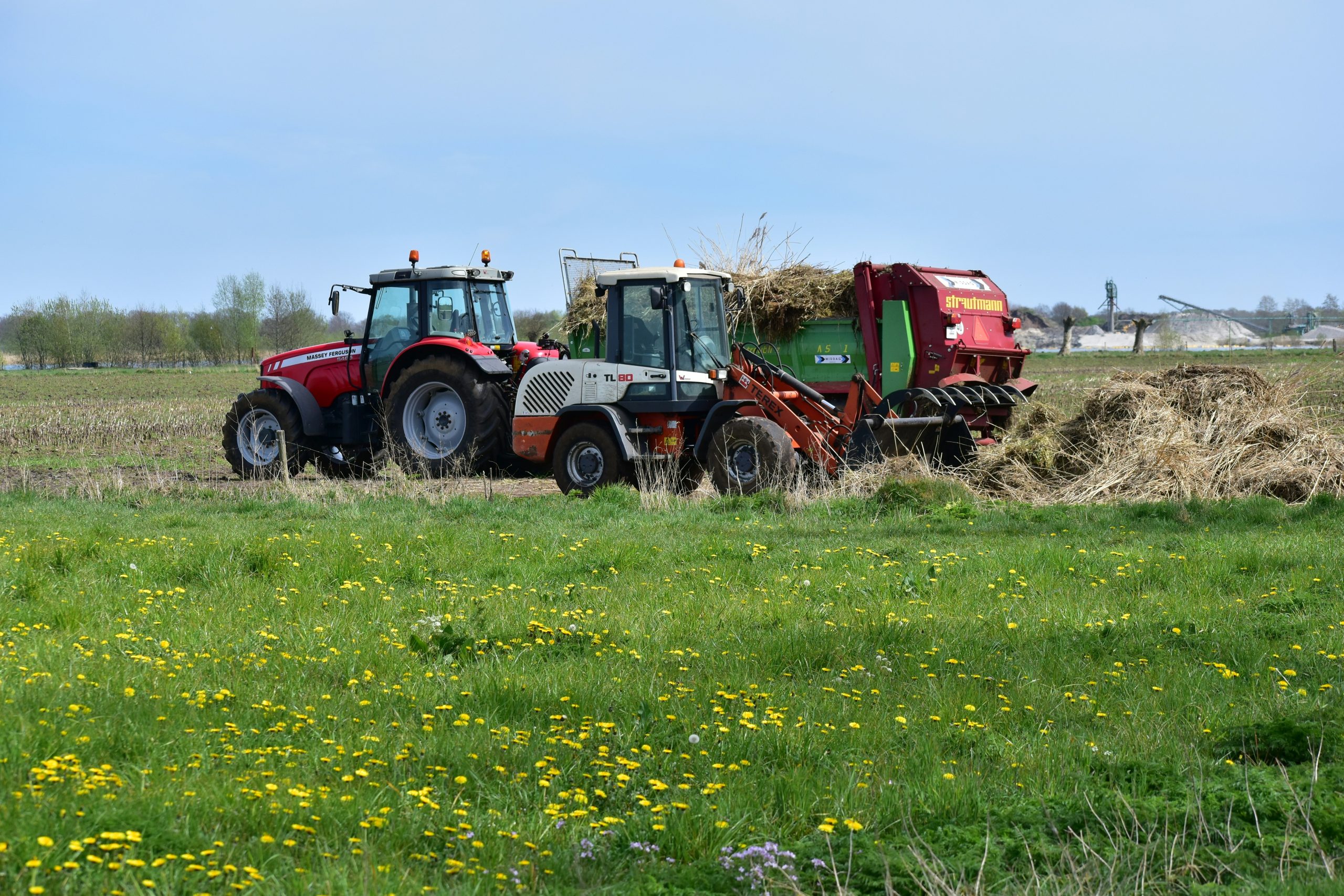Are you looking to optimize your automated production lines? Look no further than the integration of heavy-duty die grinders. These powerful tools can make a significant difference in the efficiency of your production processes. By seamlessly incorporating die grinders into your automated systems, you can enhance the precision and speed of material removal tasks, improving overall productivity. In this article, we will explore the benefits and considerations of integrating heavy-duty die grinders into automated production lines. So let’s get started and discover how these versatile tools can revolutionize your manufacturing operations.

Benefits of integrating heavy-duty die grinders
Increased productivity
By integrating heavy-duty die grinders into automated production lines, you can significantly increase productivity. These powerful tools are designed to remove excess material quickly and efficiently, allowing for faster production cycles. With their high RPM and precision control, die grinders can tackle even the toughest material removal tasks, enabling your production line to operate at optimal speed and meet demanding deadlines.
Enhanced efficiency
Efficiency is a key factor in any production line, and integrating heavy-duty die grinders can greatly enhance efficiency. These grinders can remove material with precision and speed, minimizing the need for manual labor and reducing the chances of errors or defects. With automation, the die grinders can operate continuously without the need for breaks or rest, ensuring consistent and reliable performance throughout the production process.
Improved quality control
Integrating heavy-duty die grinders into your automated production line can also lead to improved quality control. These grinders are designed to deliver consistent and precise operations, resulting in uniform product quality. By reducing manual intervention and human error, die grinders can ensure that each product meets the required specifications, reducing the risk of quality issues and customer complaints.
Reduced labor costs
One of the significant advantages of integrating heavy-duty die grinders into automated production lines is the potential for reduced labor costs. By automating the material removal process, you can eliminate or minimize the need for manual labor, saving on labor expenses and reducing the chances of injuries or accidents. This not only leads to cost savings but also creates a safer working environment for your employees.
Automation in production lines
Overview of automation
Automation in production lines involves the use of machinery to perform tasks that were originally done manually. This technology helps streamline operations, increase efficiency, and improve overall productivity. By automating repetitive and labor-intensive processes, businesses can achieve higher output levels and reduce the reliance on manual labor.
Advantages of automation
There are several advantages to implementing automation in production lines. Firstly, it reduces human error and increases consistency in operations. Machinery can perform tasks with precision and accuracy, ensuring that products meet the required specifications. Additionally, automation saves time by speeding up processes and eliminating the downtime associated with breaks or rest periods.
Types of automation
There are various types of automation that can be integrated into production lines. These include robotic automation, where robotic arms are used to perform tasks, and conveyor belt systems that transport materials between different stages of the production process. Other forms of automation include computer numerical control (CNC) machines, which use programmable instructions to control machinery operations, and pneumatic systems that automate tasks using compressed air.
Integration of heavy-duty die grinders in automation
Integrating heavy-duty die grinders into automated production lines can greatly enhance the efficiency and effectiveness of the automation process. These grinders can carry out tasks such as material removal, deburring, and polishing with speed and precision. By incorporating them into the automation system, you can achieve a seamless workflow and maximize the benefits of automation technology.
Understanding heavy-duty die grinders
Definition and features
Heavy-duty die grinders are powerful handheld tools that are designed to remove excess material from workpieces. They are usually equipped with high-speed motors and spinning abrasive discs or burrs, which can remove material efficiently. Die grinders are versatile and can be used for various applications in industries such as automotive, aerospace, metal fabrication, and more.
Applications and industries
Heavy-duty die grinders find applications in a wide range of industries. In the automotive industry, they are used for tasks such as grinding welds, removing rust or paint, and polishing surfaces. In aerospace manufacturing, die grinders are utilized for deburring, edge trimming, and surface preparation. Metal fabrication industry relies on die grinders for cutting, smoothing rough edges, and shaping metal parts.
Key considerations for integration
When integrating heavy-duty die grinders into your production line, several considerations should be taken into account. Firstly, you need to assess the specific requirements of your production process and choose a die grinder model that aligns with those needs. Additionally, factors such as safety guidelines, operator training, and maintenance protocols should be considered to ensure a seamless integration and safe operation of the die grinders within your production line.
Challenges in integrating heavy-duty die grinders
Compatibility issues
One of the challenges in integrating heavy-duty die grinders into automated production lines is compatibility. It is important to ensure that the die grinders are compatible with the existing automation system, including the control software and interfaces. Compatibility issues can arise due to differences in communication protocols, hardware requirements, or limitations in the automation system’s capability to handle the die grinder’s power and speed.
Programming and control
Another challenge in integrating heavy-duty die grinders is programming and control. Die grinders require precise programming to ensure optimal performance and safe operation. This includes setting the appropriate RPM, feed rates, and tool paths. Additionally, the integration of the die grinders into the automation system requires expertise in control systems and programming languages.
Maintenance and servicing
Maintenance and servicing can be another challenge when integrating heavy-duty die grinders. Regular maintenance is crucial to ensure the longevity and reliability of the die grinders. This includes cleaning, lubrication, and regular inspections to identify and address any potential issues. Servicing the die grinders may require specialized knowledge or the assistance of qualified technicians, which may add to the maintenance costs and downtime in the production line.

Best practices for integration
Choosing the right die grinder
To ensure a successful integration, it is vital to choose the right die grinder for your production line. Consider factors such as power output, RPM range, tooling options, and compatibility with your automation system. Additionally, evaluate the durability and reliability of the die grinder, as well as the availability of spare parts and technical support.
Designing appropriate fixtures
Designing appropriate fixtures is essential for integrating heavy-duty die grinders into your production line. Fixtures hold the workpiece securely and position it accurately for the die grinder operations. Proper fixture design ensures consistent and reliable results, minimizing the effects of vibrations and ensuring precise material removal.
Developing efficient programming
Efficient programming is crucial for optimal performance of the die grinders in automated production lines. Work closely with programming experts to develop efficient and effective programs that incorporate the die grinder operations seamlessly. Consider factors such as tool paths, feed rates, and tool changes to maximize productivity and minimize cycle times.
Implementing proper safety measures
Safety should be a top priority when integrating heavy-duty die grinders into your production line. Implement proper safety measures, including machine guarding, emergency stop buttons, and operator training on safe operation and maintenance of the die grinders. Regular inspections and audits should be carried out to ensure compliance with safety regulations and to identify and address any potential risks.
Impact on production line efficiency
Faster material removal
Integrating heavy-duty die grinders into automated production lines enables faster material removal. These grinders are designed to deliver high RPMs and can quickly remove excess material from workpieces. By automating this process, you can achieve faster production cycles and shorter lead times, ultimately increasing the overall efficiency of your production line.
Consistent and precise operations
Heavy-duty die grinders offer consistent and precise operations, ensuring uniform quality throughout the production process. With automation, the die grinders can execute the same operations repeatedly, eliminating variations that may occur due to human error. This consistency improves the overall product quality and reduces the chances of defects or rework.
Reduction in downtime
Integrating heavy-duty die grinders into your production line can significantly reduce downtime. Unlike manual labor, die grinders can operate continuously without the need for breaks or rest periods. This leads to a smoother workflow and eliminates interruptions caused by fatigue or shift changes. By minimizing downtime, you can maximize productivity and achieve higher output levels.
Optimized workflow
The integration of heavy-duty die grinders into automated production lines optimizes the workflow by streamlining operations. By automating material removal tasks, the die grinders can work in sync with other machines and processes, ensuring a seamless workflow. This coordination improves the overall efficiency of the production line and minimizes bottlenecks and delays.

Case studies on successful integration
Automotive industry
In the automotive industry, the integration of heavy-duty die grinders has proven to be highly successful. In manufacturing plants, die grinders are utilized for various tasks such as weld grinding, surface preparation, and paint removal. By automating these operations, automotive manufacturers have achieved faster production cycles, improved product quality, and reduced labor costs.
Aerospace manufacturing
Aerospace manufacturers have also benefited from the integration of heavy-duty die grinders into their production lines. Die grinders are used for deburring, edge trimming, and surface preparation of aerospace components. By automating these processes, manufacturers have achieved higher precision and consistency, resulting in enhanced product quality and reduced rework.
Metal fabrication
In the metal fabrication industry, heavy-duty die grinders have played a crucial role in improving production line efficiency. Die grinders are utilized for cutting, shaping, and polishing metal parts. By integrating them into automated production lines, metal fabrication companies have experienced faster material removal, consistent quality, and reduced labor costs.
Cost-benefit analysis
Initial investment vs long-term savings
Integrating heavy-duty die grinders into automated production lines requires an initial investment in machinery, programming, and fixture design. However, the long-term savings can outweigh the initial costs. By automating material removal tasks, businesses can achieve higher productivity, reduce labor costs, and eliminate the likelihood of human error. These cost savings can result in significant payback periods and increased profitability.
ROI calculation
Calculating the return on investment (ROI) is essential when considering the integration of heavy-duty die grinders. Evaluate the initial investment, including the cost of machinery, programming, and fixture design, and compare it with the projected savings in labor costs, reduced rework, and increased productivity. By calculating the ROI, you can assess the financial feasibility and potential benefits of integrating die grinders into your production line.
Quantifying the benefits
Quantifying the benefits of integrating heavy-duty die grinders can be done by evaluating key performance indicators (KPIs) such as production output, cycle time, defect rates, and labor costs. Track these KPIs before and after the integration to measure the impact on efficiency and quality. By quantifying the benefits, you can make data-driven decisions and identify areas for further improvement.
Future trends and advancements
Integration with machine learning
The integration of heavy-duty die grinders with machine learning technologies is an emerging trend in the manufacturing industry. Machine learning algorithms can analyze data from the die grinders and optimize their performance based on patterns and trends. This integration can further enhance efficiency, improve predictive maintenance, and enable real-time adjustments in the production process.
Enhanced monitoring and diagnostics
Advancements in sensor technology and connectivity enable enhanced monitoring and diagnostics of heavy-duty die grinders. Real-time data on operating conditions, tool wear, and performance can be collected and analyzed. This data-driven approach allows for proactive maintenance, minimizing downtime, and maximizing the lifespan of the die grinders.
Smart production line integration
The future of integrating heavy-duty die grinders lies in smart production line integration. By leveraging technologies such as industrial IoT (IIoT) and data analytics, die grinders can be seamlessly integrated into a network of interconnected machines, enabling real-time data sharing and optimization. This holistic approach to production line integration can lead to increased efficiency, improved quality control, and reduced maintenance costs.
Conclusion
Integrating heavy-duty die grinders into automated production lines offers numerous benefits, including increased productivity, enhanced efficiency, improved quality control, and reduced labor costs. With the right die grinder selection, appropriate fixture design, efficient programming, and proper safety measures, businesses can optimize their production processes and achieve higher output levels. The successful integration of die grinders in various industries, such as automotive, aerospace, and metal fabrication, showcases the potential for improved efficiency and quality. By conducting a cost-benefit analysis and monitoring key performance indicators, businesses can quantify the benefits and make informed decisions. Looking towards the future, advancements in machine learning, monitoring and diagnostics, and smart production line integration will further enhance the capabilities of heavy-duty die grinders and revolutionize the manufacturing industry. So, consider integrating heavy-duty die grinders into your automated production lines to unlock the potential for improved efficiency and productivity.



